This image shows the edge of a giant gaseous cavity within the star-forming region called NGC 3324. The glowing nebula has been carved out by intense ultraviolet radiation and stellar winds from several hot, young stars. A cluster of extremely massive stars, located well outside this image in the center of the nebula, is responsible for the ionization of the nebula and excavation of the cavity. The image also reveals dramatic dark towers of cool gas and dust that rise above the glowing wall of gas. The dense gas at the top resists the blistering ultraviolet radiation from the central stars, and creates a tower that points in the direction of the energy flow. The high-energy radiation blazing out from the hot, young stars in NGC 3324 is sculpting the wall of the nebula by slowly eroding it away. Located in the Southern Hemisphere, NGC 3324 is at the northwest corner of the Carina Nebula (NGC 3372), home of the Keyhole Nebula and the active, outbursting star Eta Carinae. The entire Carina Nebula complex is located at a distance of roughly 7,200 light-years, and lies in the constellation Carina.
In January 2002, a dull star in an obscure constellation suddenly became 600,000 times more luminous than our Sun, temporarily making it the brightest star in our galaxy. The star, called V838 Monocerotis, has long since faded back to obscurity, but observations of a phenomenon called a "light echo" around the star have uncovered remarkable new features over the following years (this animation covers two years' time). The light echo is light from the earlier explosion echoing off dust surrounding the star. Light from the outburst traveled to the dust and then was reflected to Earth. Because of this indirect path, the light arrived at Earth months after light from the star that traveled directly from the star.


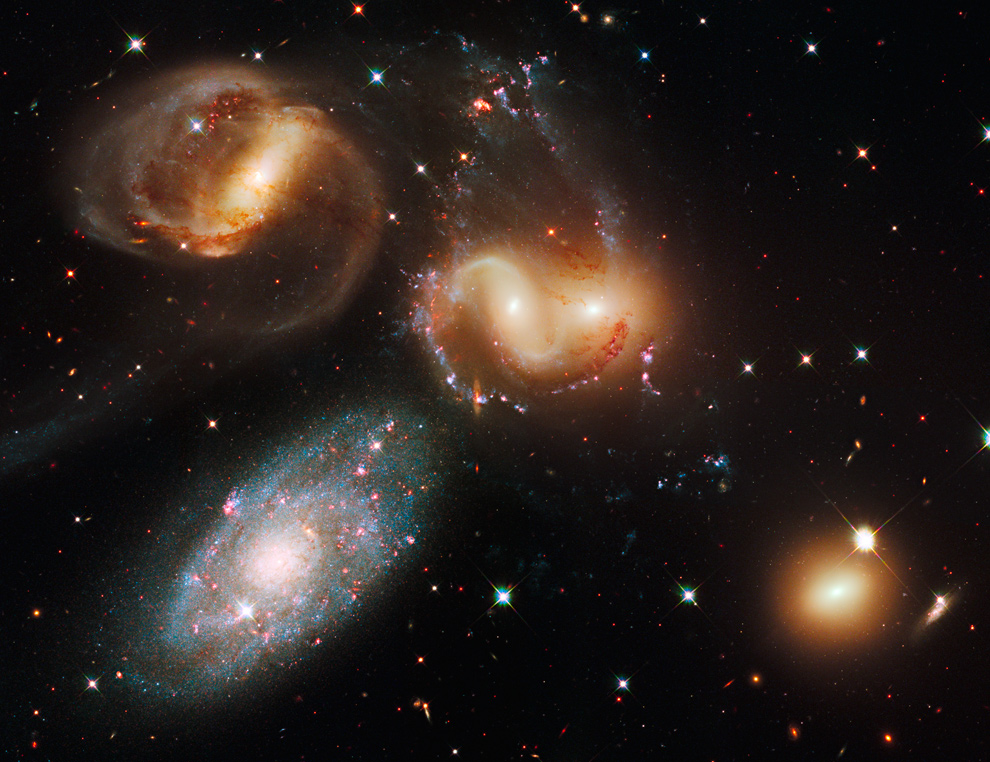
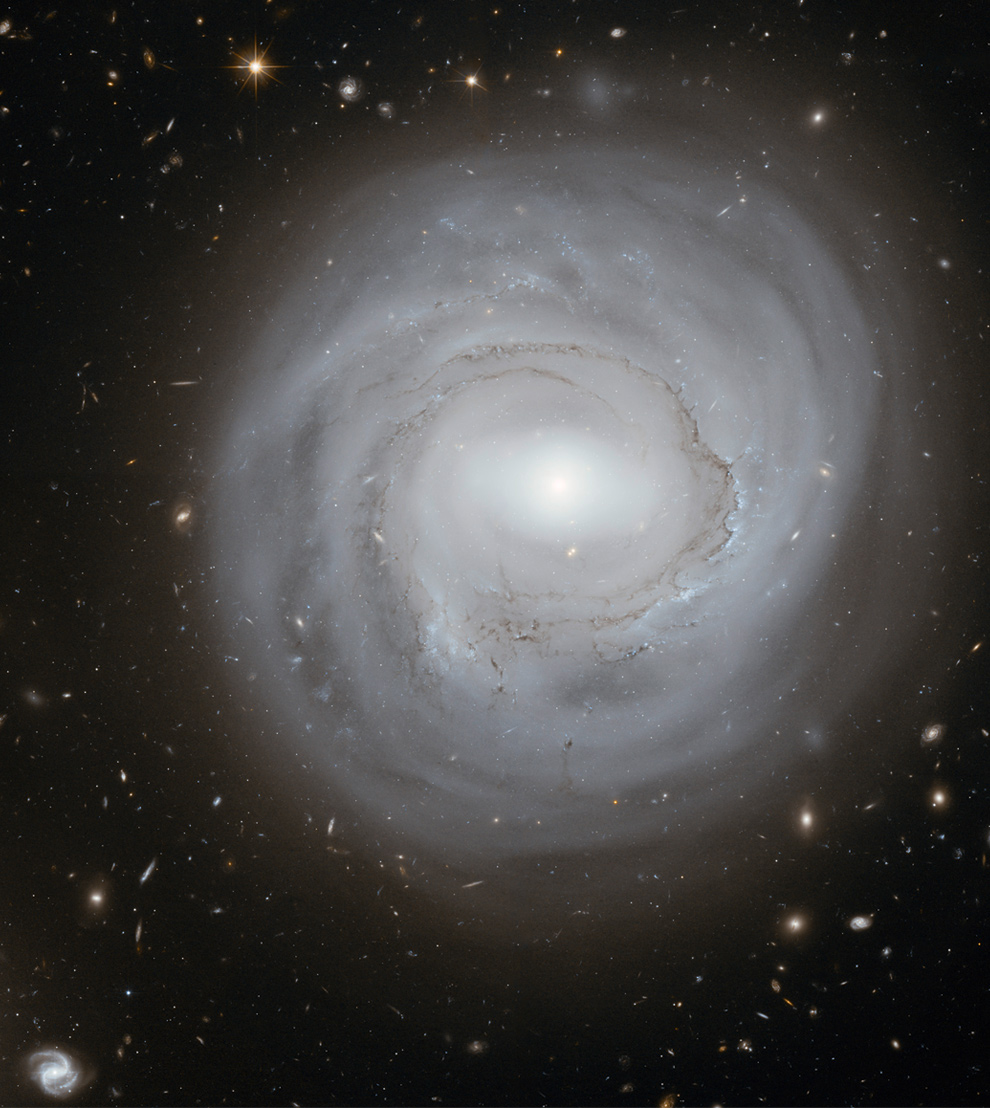
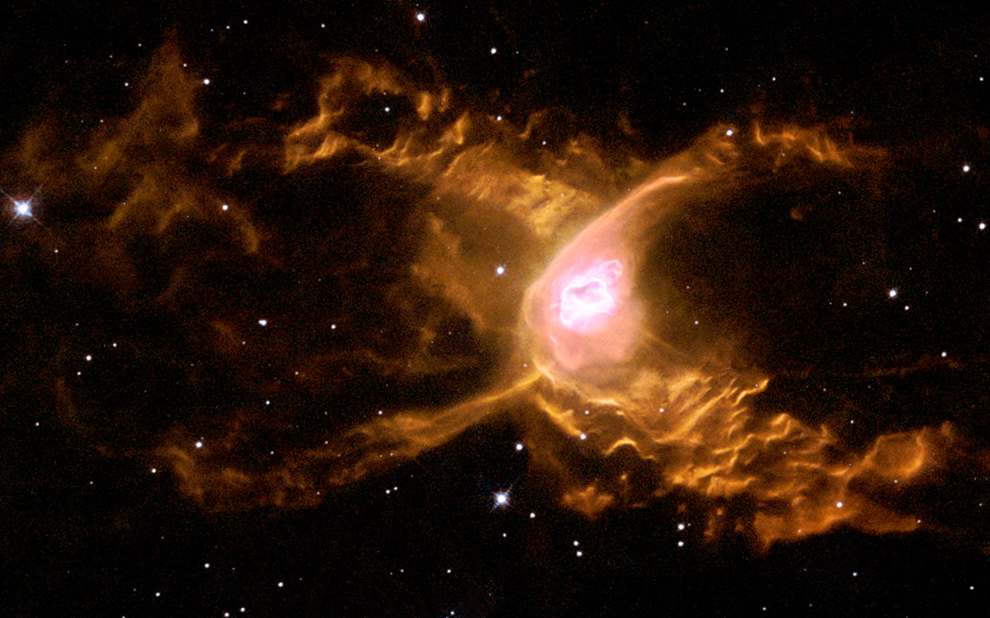

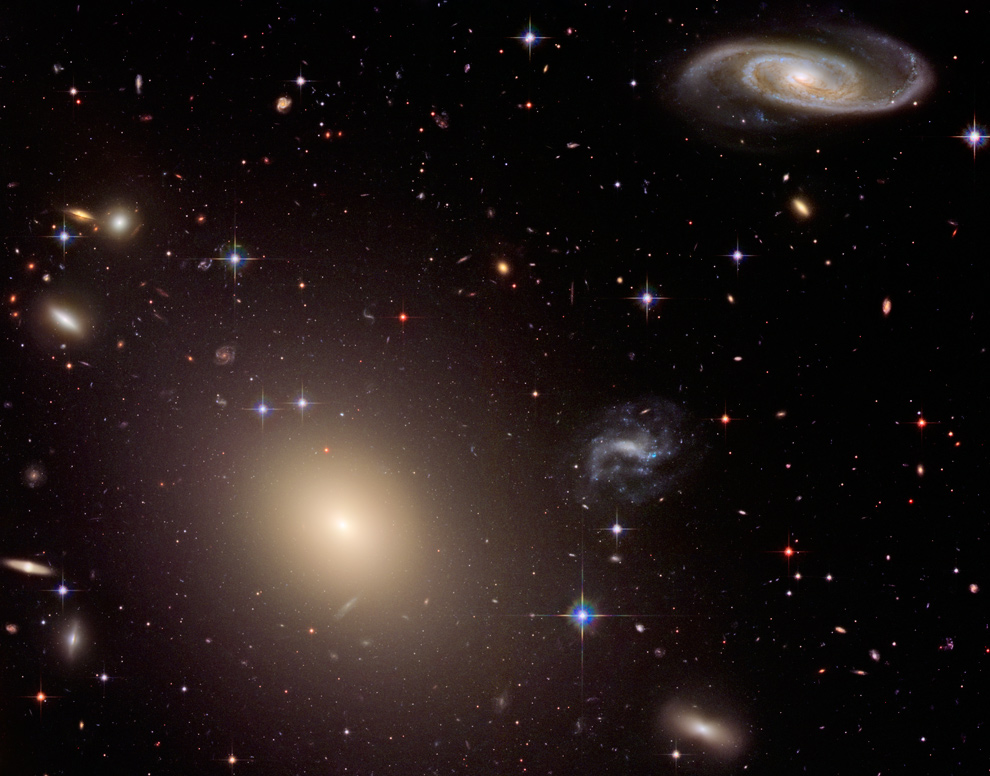

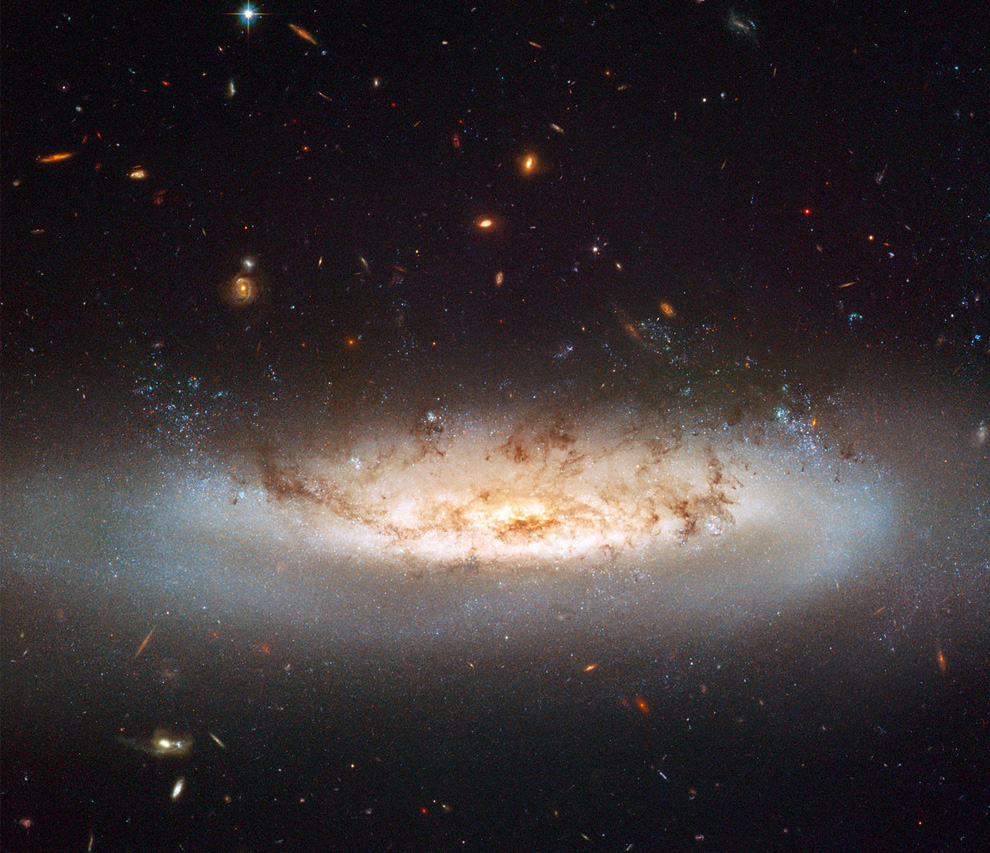
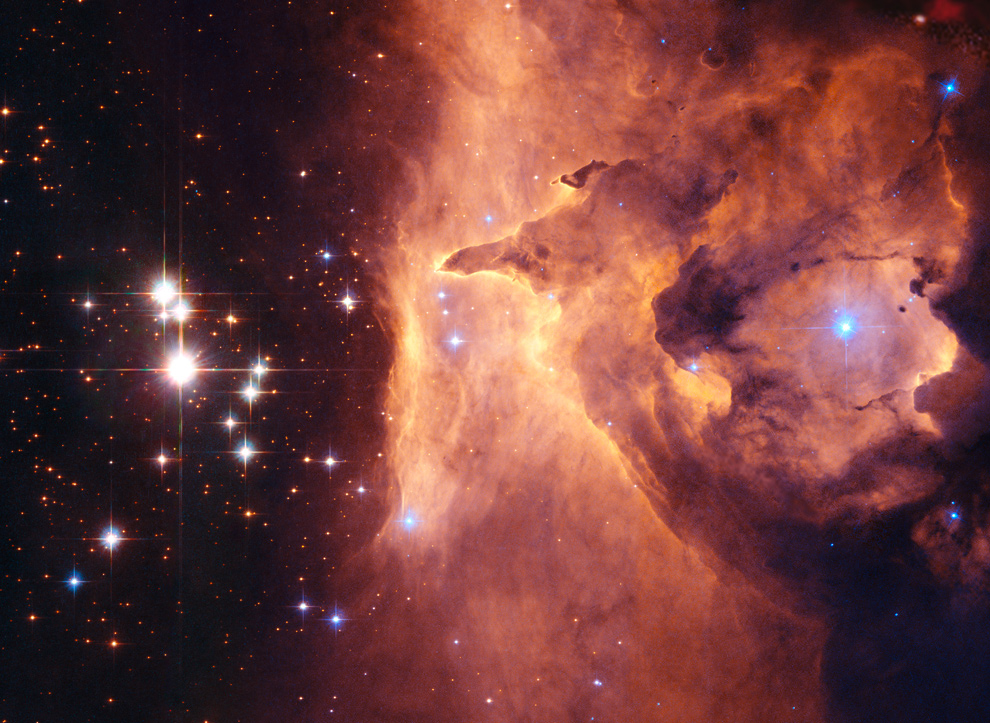

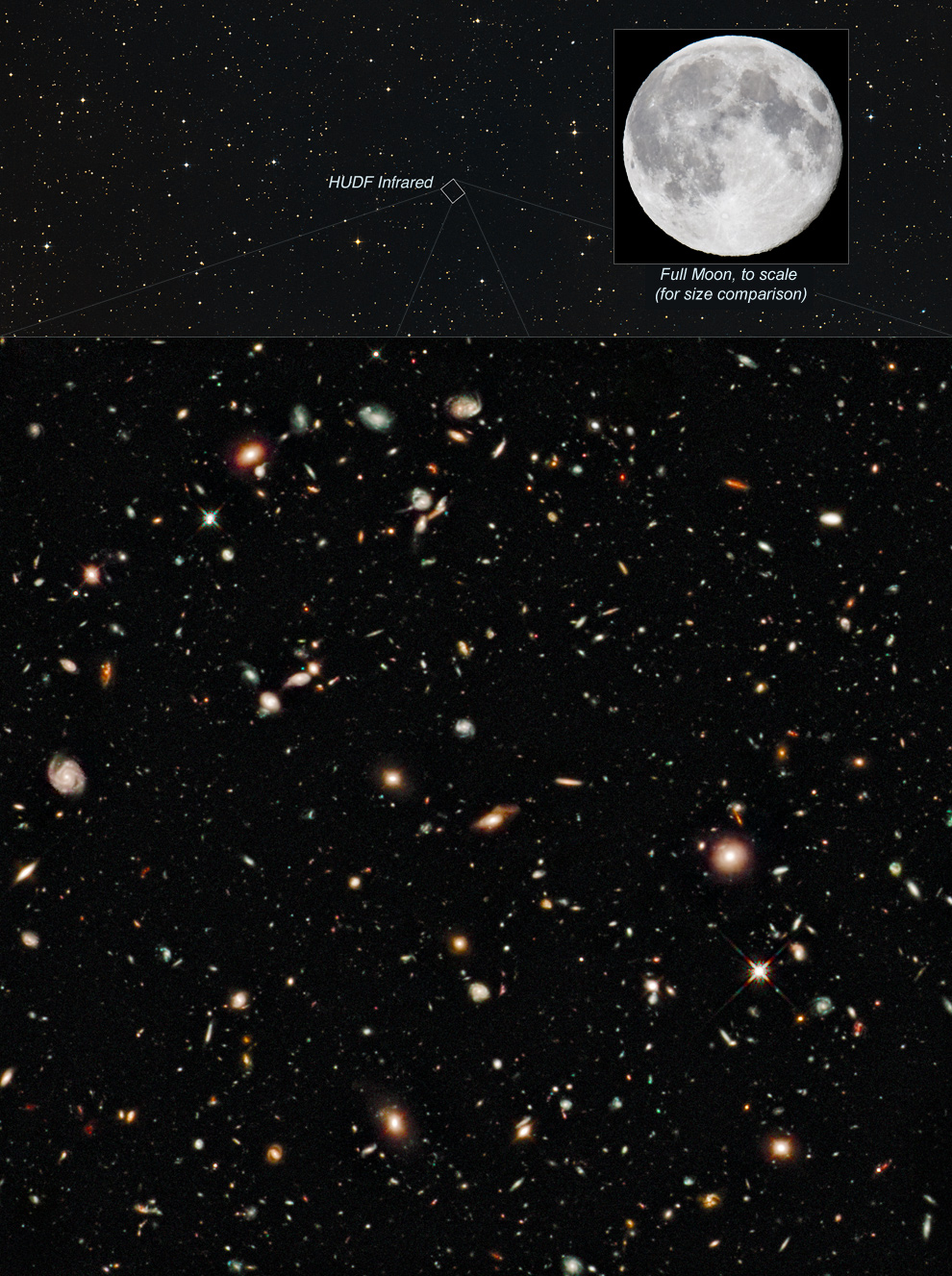
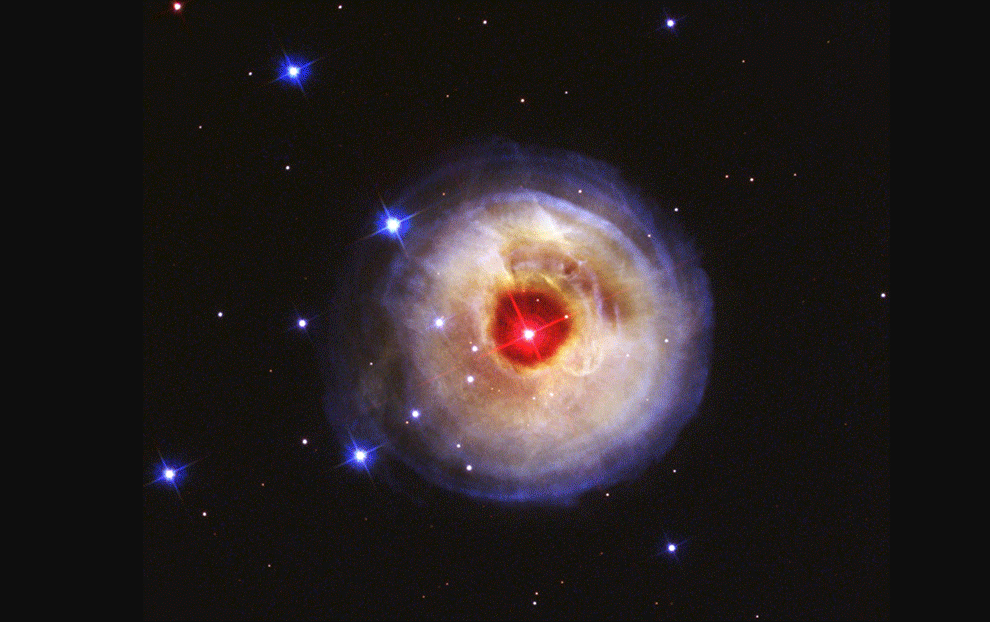
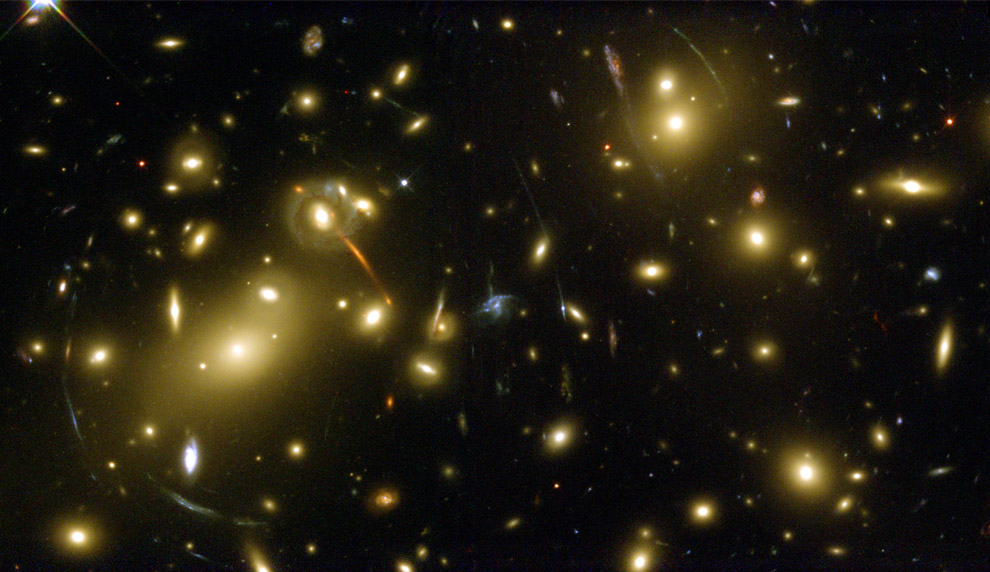
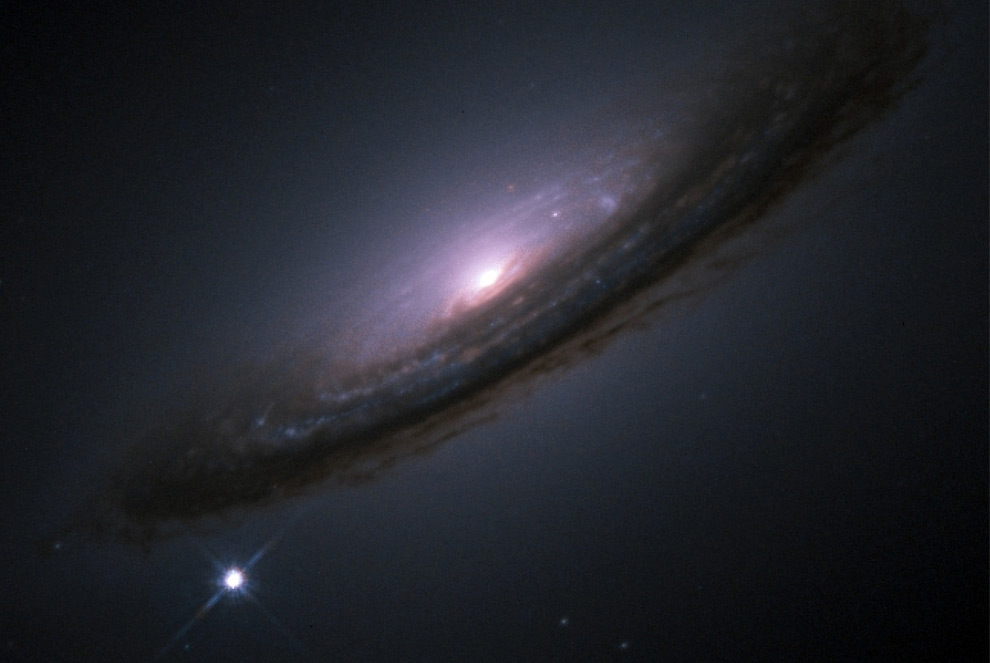
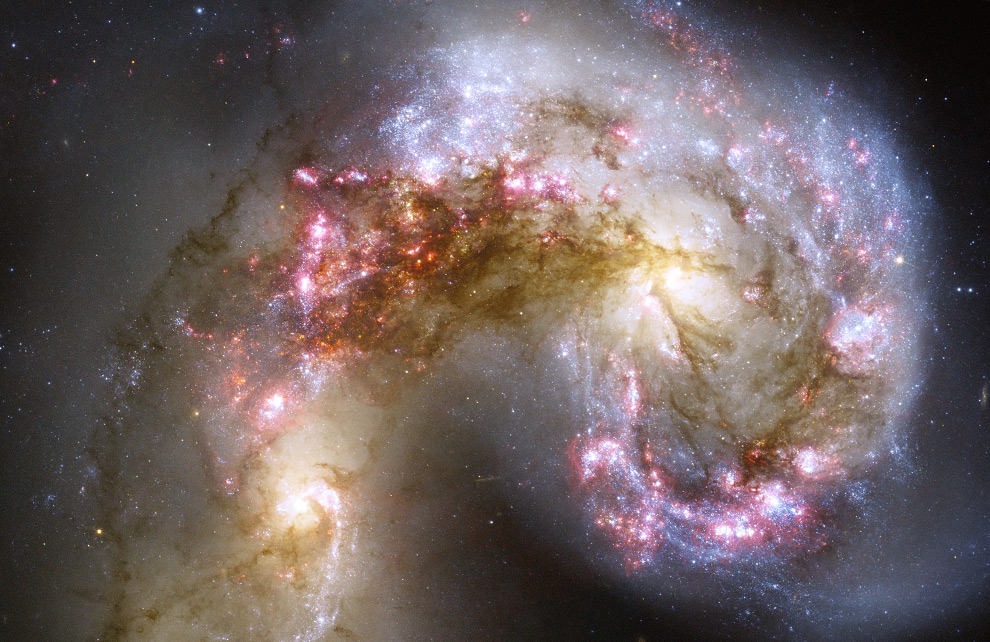
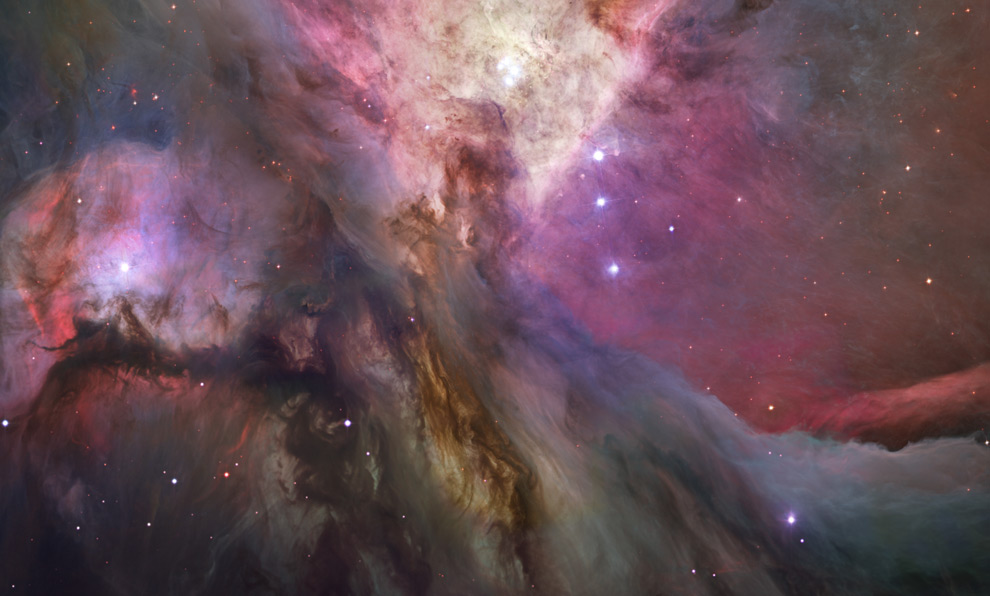
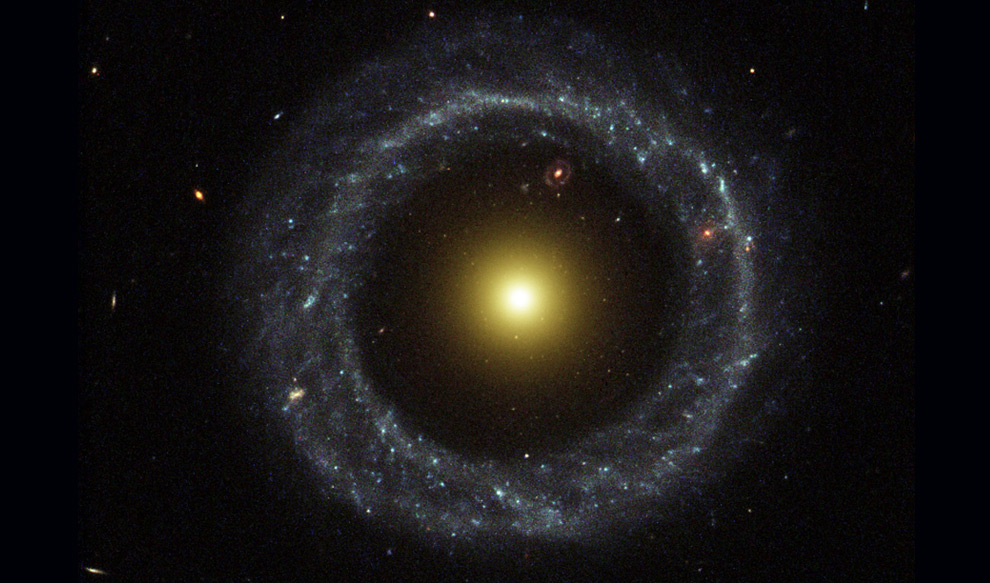



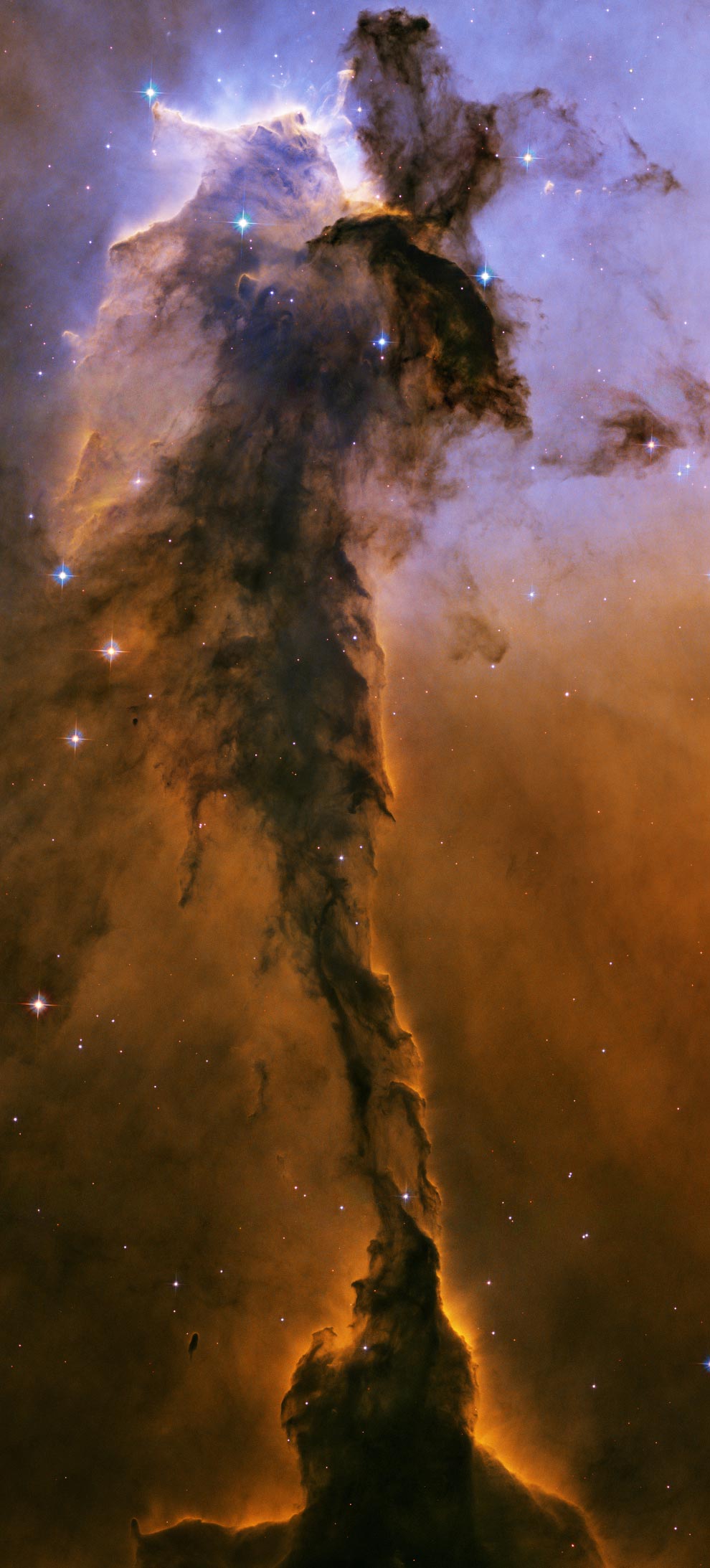


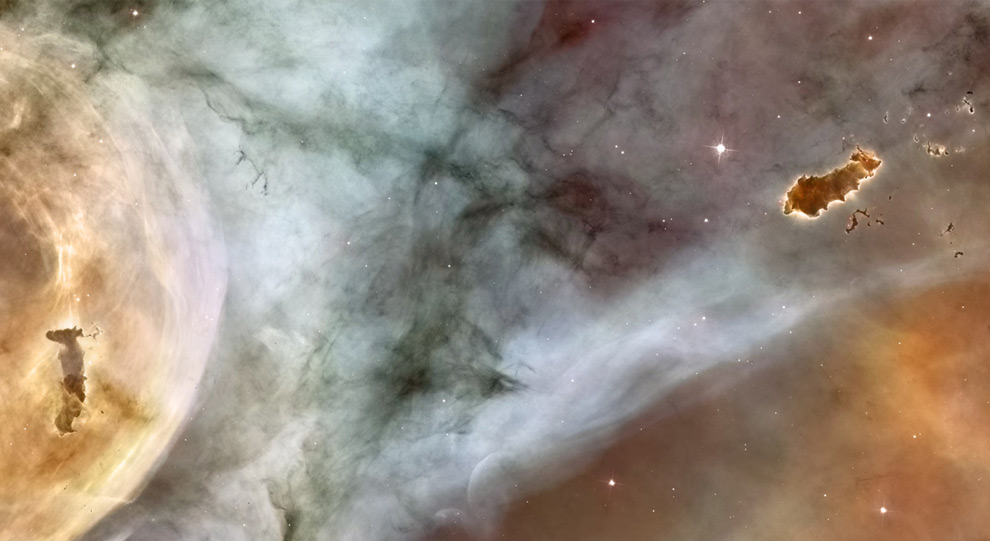
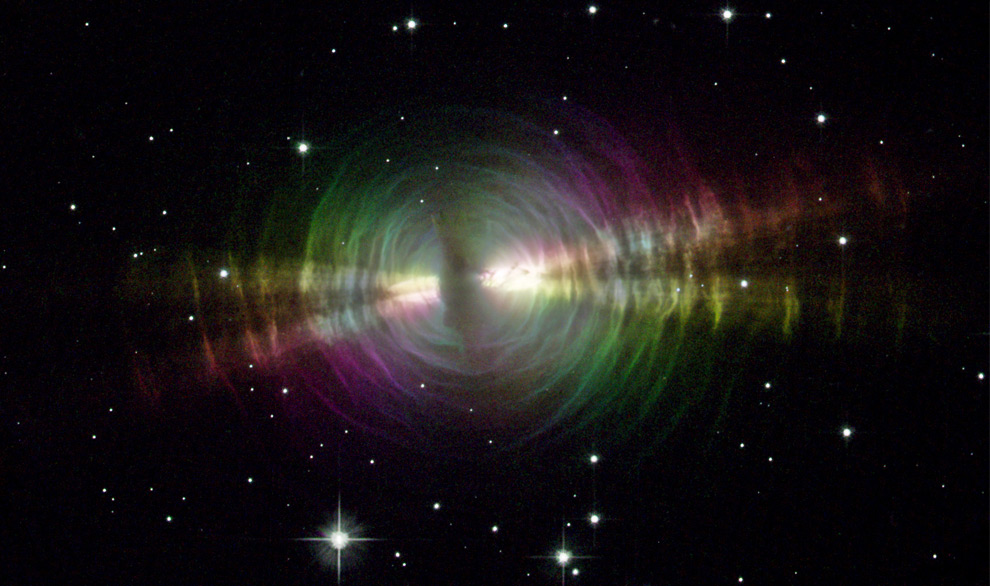

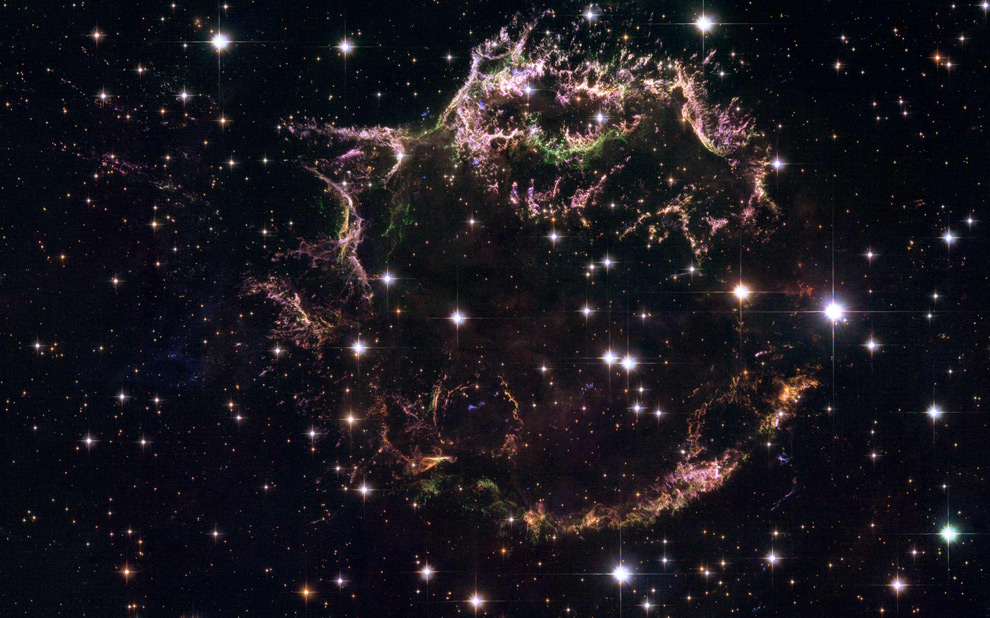
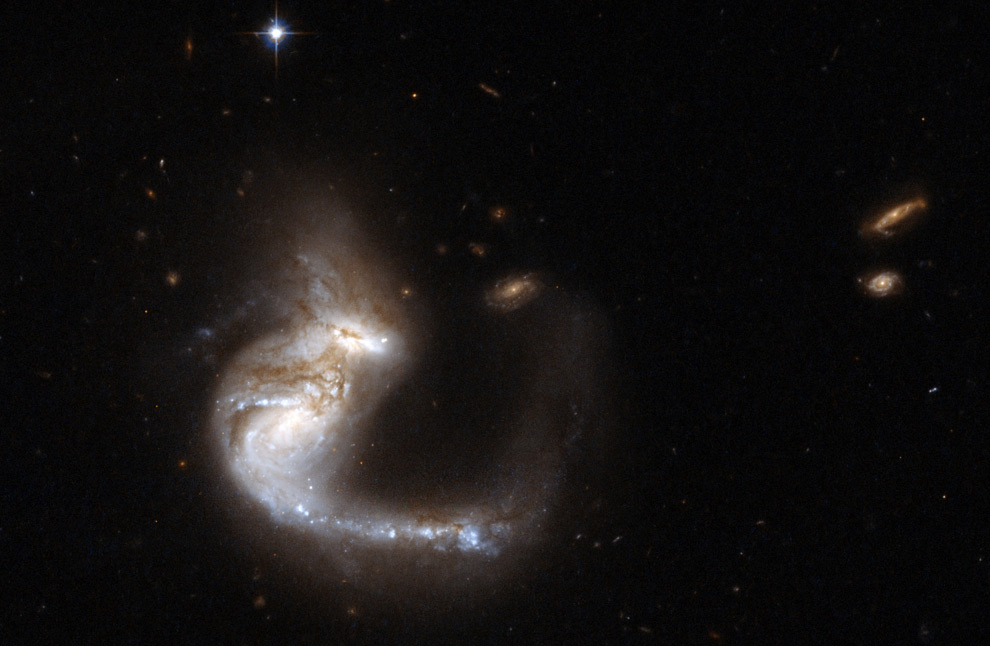
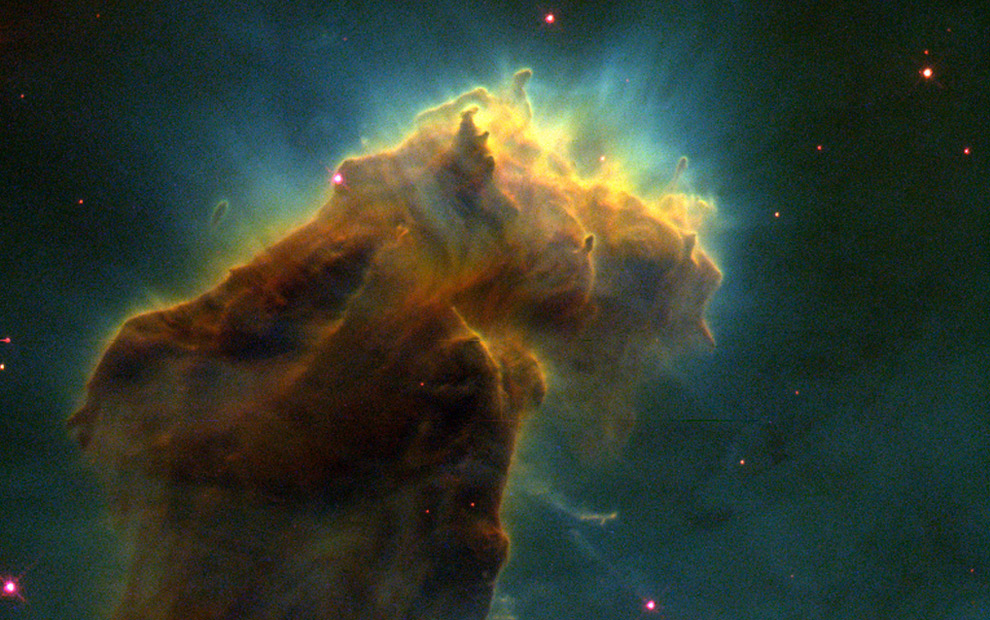
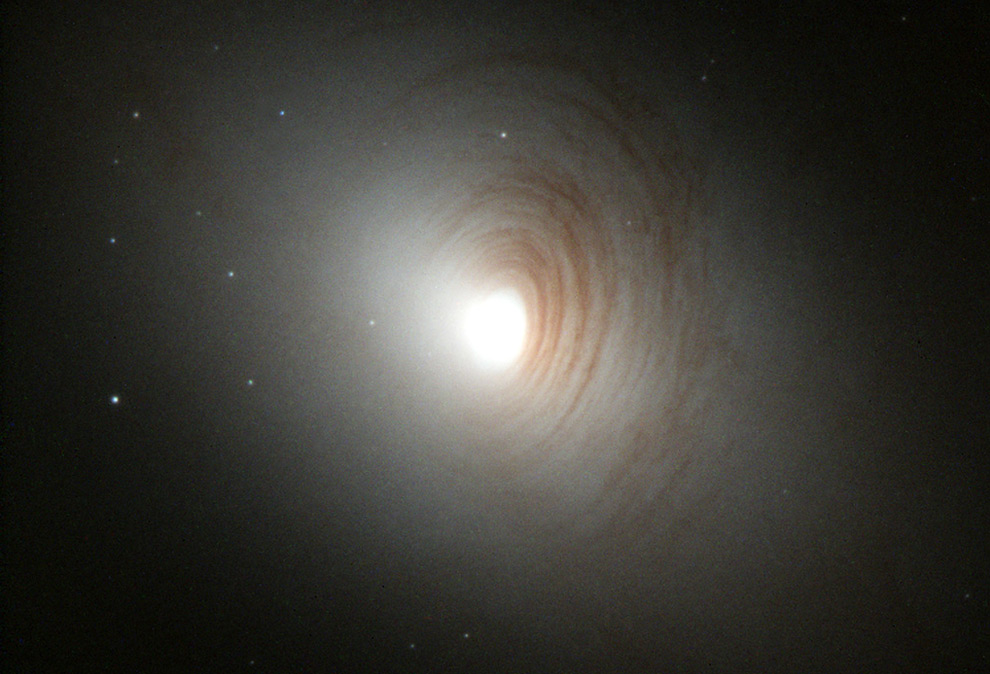
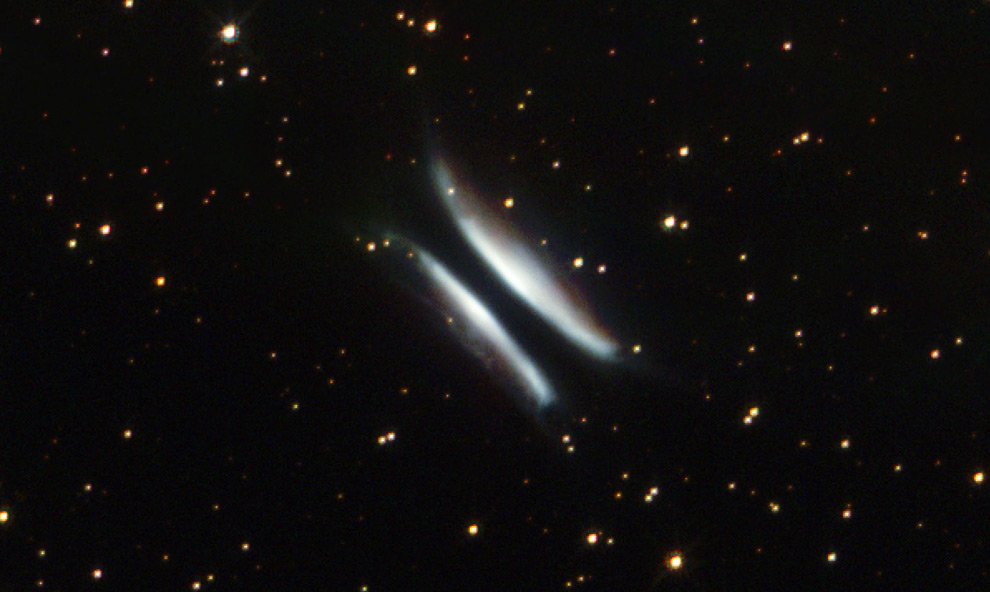
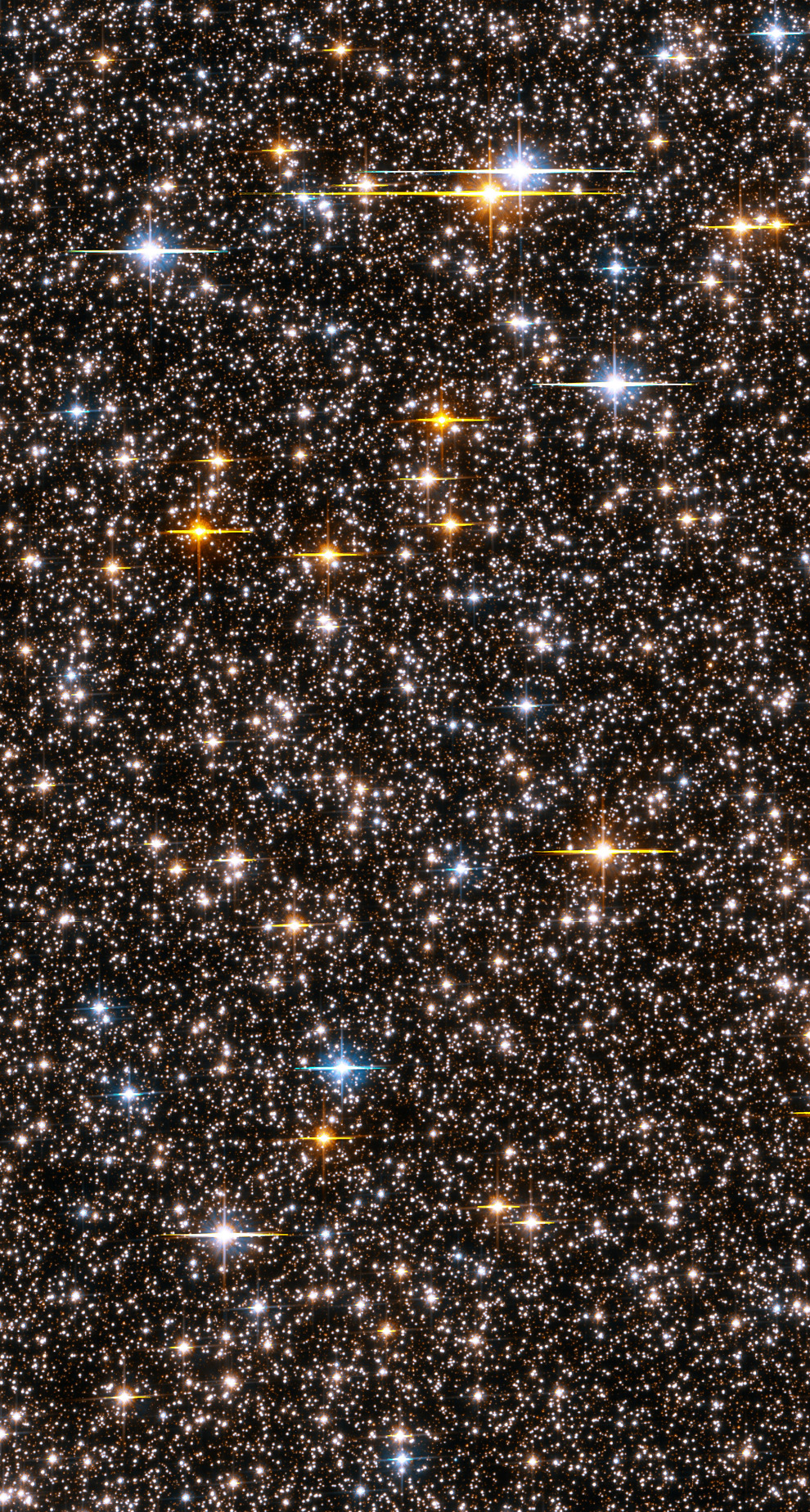
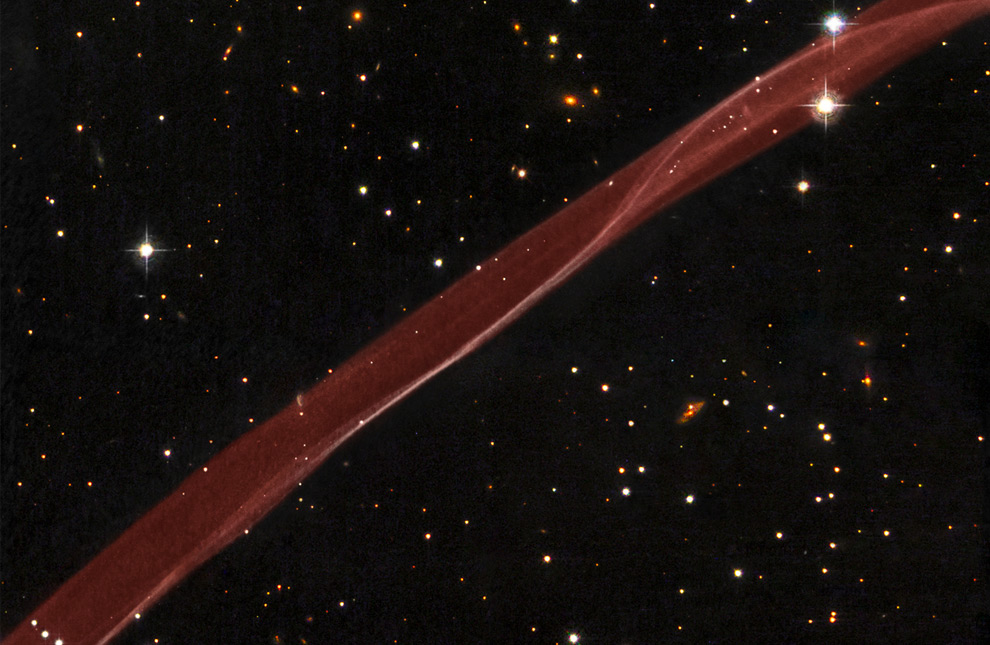
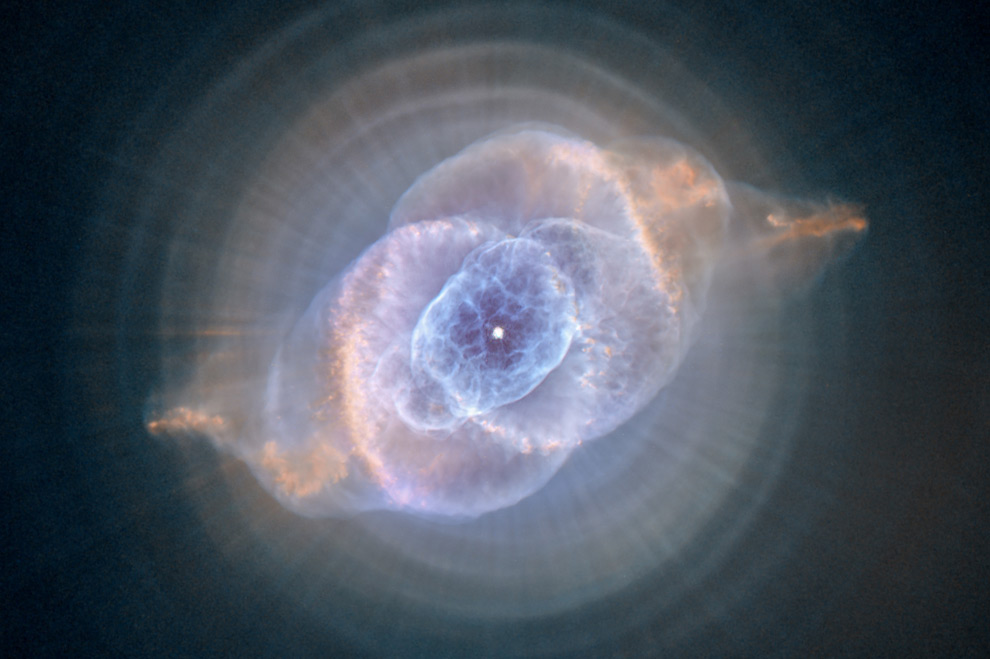
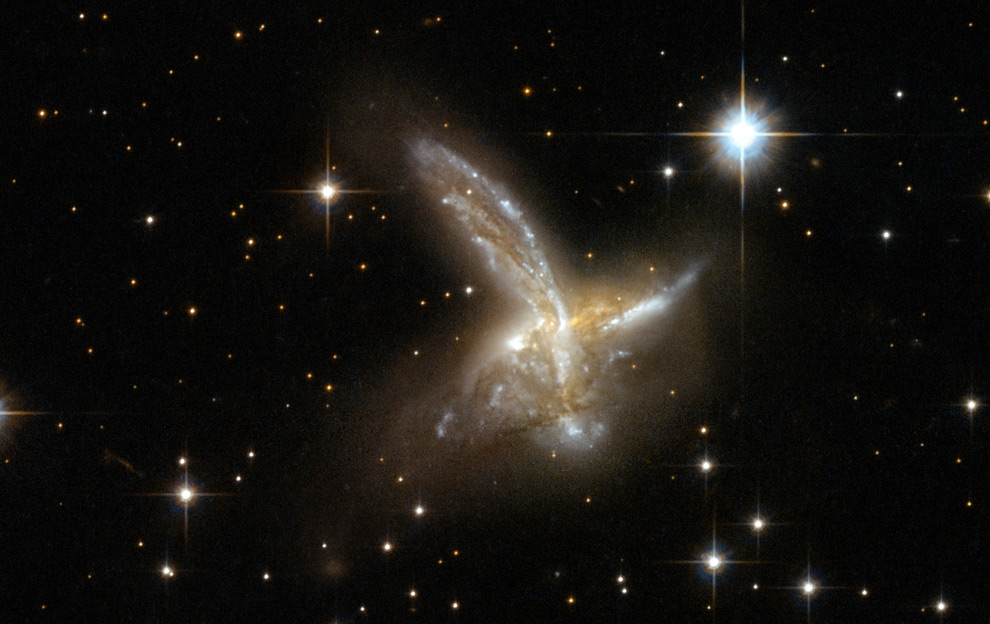
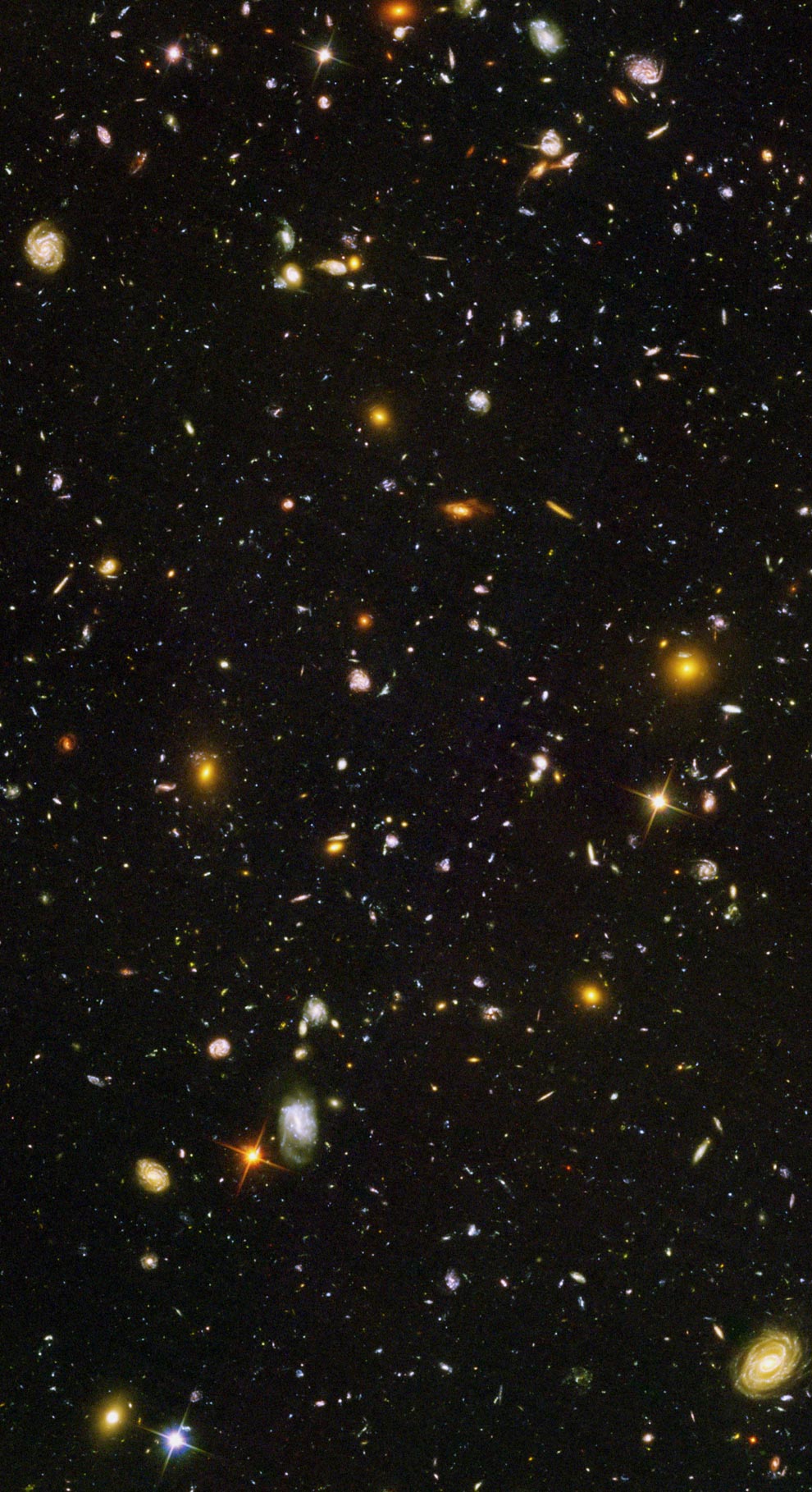
No comments:
Post a Comment
Please Leave Your Precious Comments Here